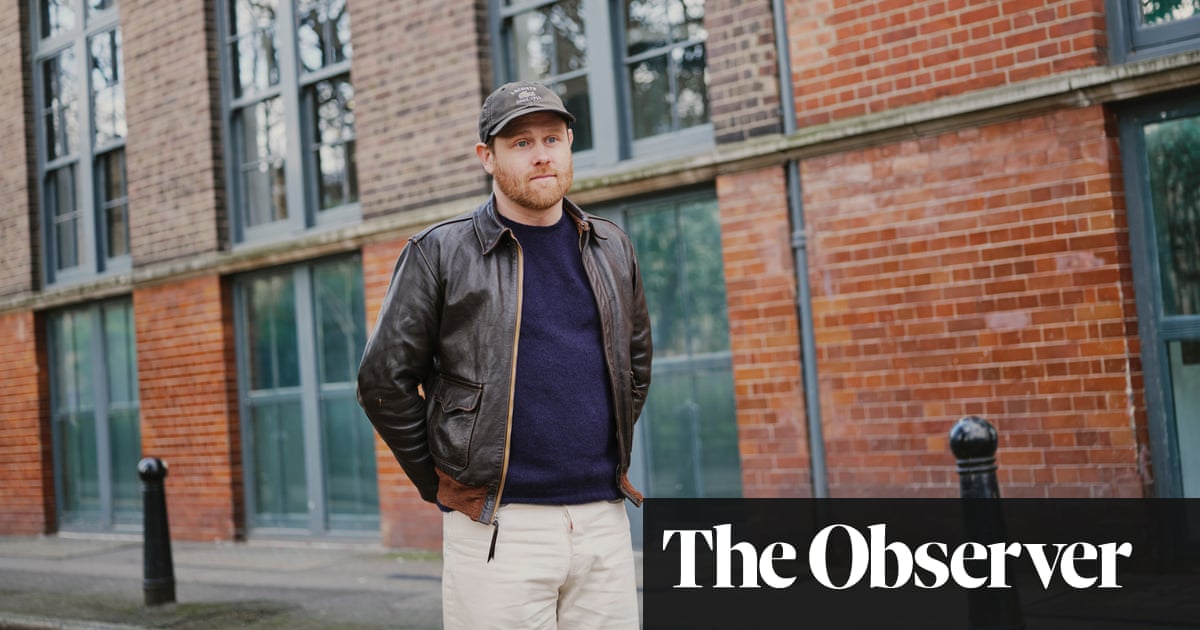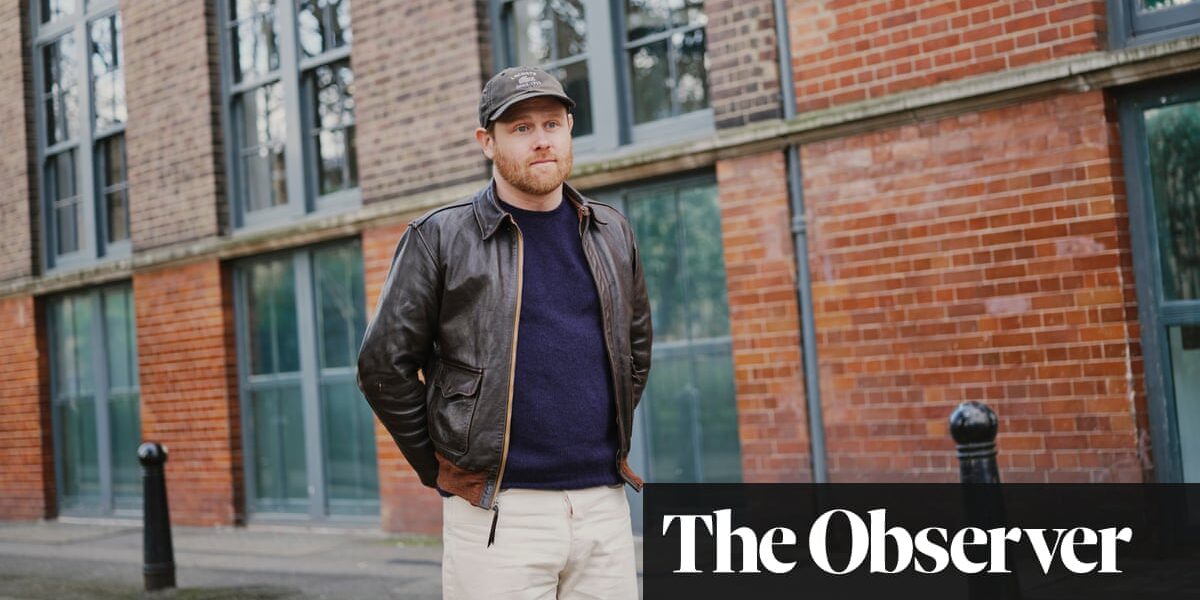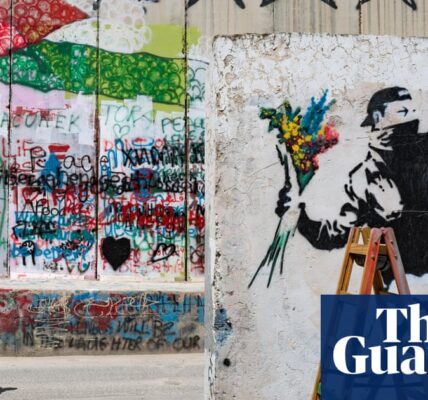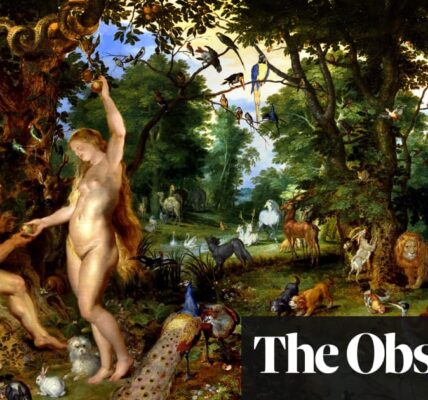
Art world gossips may be familiar with the name Inigo Philbrick, the fugitive art dealer who was hunted down to a Pacific island and sentenced in May 2022 for crooked business practices that left investors, collectors and rich stakeholders colossally defrauded. His crimes include selling more than 100% stakes in multimillion-dollar artworks to multiple buyers, faking documents to fraudulently inflate the value of paintings, defaulting on multimillion-dollar loans, using works as assets to guarantee loans without the authorisation of their owners and withholding over-sold items from people who paid for them. All in, the US Department of Justice estimated his crimes at nearly $90m, which he was ordered to repay, in addition to serving seven years in prison. He was released this year.
Now Orlando Whitfield, his old self-proclaimed “best friend”, has revisited this era, because “no dance goes on for ever and eventually Inigo ran out of moves”. In the final quarter of the book Whitfield goes through old messages and emails from Philbrick to make a stab at examining the crimes themselves. But for the most part, the book is Whitfield’s own career reminiscence, a cocktail of nostalgia, ambition, bullshitting, ladies of the night, booze, self-pity, drugs, hangovers and guff spouted by un-self-aware, privileged, entitled men who address one another as “playboy” and “bro”. The glorious mystery of the artistic process is not the main focus and the tabloid-style art world revelations have been made so many times they’re as scintillating as flat champagne. We learn that art collectors don’t do it because they really love art, rich people are really greedy and many of the posh blokes you see at art events are slimy tossers who don’t tell the truth.
The antics begin in the mid-00s when Whitfield and Philbrick, both students at Goldsmiths, University of London, decide to launch themselves as art dealers. This is not the tale of striving outsiders inveigling their way into a world that’s not their own. Quite the opposite. They are its chosen sons, with extensive paternal and personal contacts, despite being “feckless in the face of detail and morose when confronted with hard work”. The painter Frank Stella had been Philbrick’s “occasional babysitter”, while the author’s father “had been an auctioneer at both Christie’s and Sotheby’s”. They have some early luck and soon get absorbed into the art world proper, and then the names – from Jay Jopling to David Zwirner, Banksy to Gilbert and George – fly like coke crumbs blown hastily off a nightclub toilet lid.
The thing is, at this stage in the 21st century, it’s all a bit tawdry. It has the effect of making the art world, once so exciting, seem dilettantish and passé: “We walk into Cipriani – the Italian restaurant he jokingly-but-not-so-jokingly calls ‘the canteen’ because it’s opposite his gallery and he eats there almost every day – where he is greeted like a son returned from war.” This is a milieu in which all satires, spoofs, cliches and stereotypes are true, a low-hanging fruit orchard of bad apples. Someone comes in for a meeting “and the two of them hit it off like Scotch and water… looking for all the world like father and son in a Ralph Lauren advert”.
There is little delight to be gained from these gauche brags, of which “Inigo seldom leaves Mayfair, unless, that is, he’s leaving via an airport” is barely the cringiest. For a rigorous account of recent art world controversies, Farah Nayeri’s Takedown is an essential read, along with Bianca Bosker’s great, anthropologist-like infiltration report, Get the Picture. But what would be really shocking is an exposé in which everyone is nice, good and sincere.
I did wonder throughout: who is the author? Sidekick, neophyte, biggest fan, frenemy, rat, dark mirror, traitor, collaborator? Is he throwing his “best friend” under the bus for a book deal or standing up for a formative experience, despite every word being incriminating? Surely someone, somewhere has some self-awareness? Let’s see: “Inigo’s ability to form intense friendships with mostly male, mostly older art dealers was matched only by his willingness to let them fizzle and implode under the weight of exasperation… and I wonder now whether this attitude was a conscious one… his deceitfulness was bewilderingly self-destructive.” Just his?
“Sordid memoirs about the art world” is a genre all of its own. If anyone wants another dip in this familiar, fetid pool, wait for the paperback and make it your summer poolside hate-read.
after newsletter promotion
Source: theguardian.com




